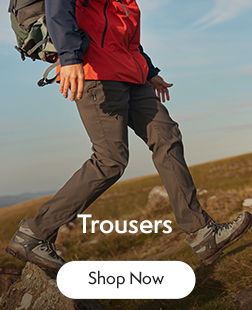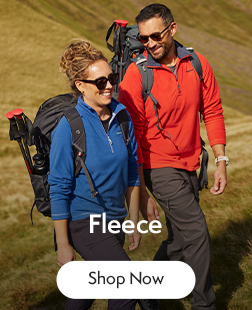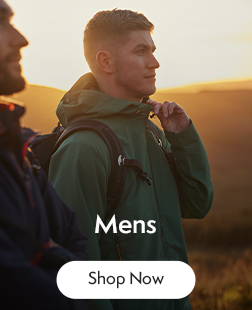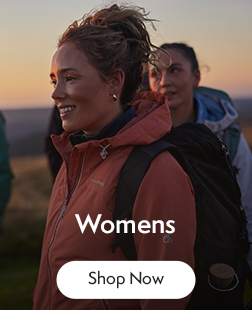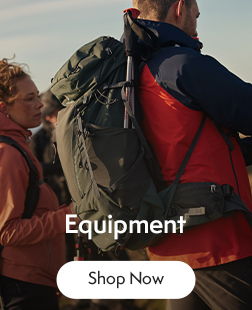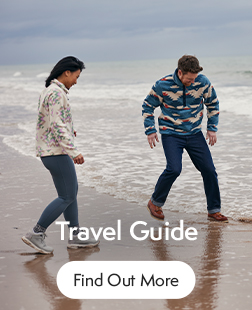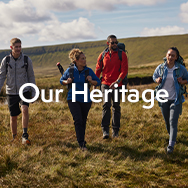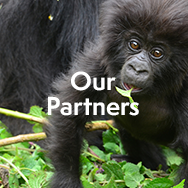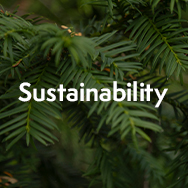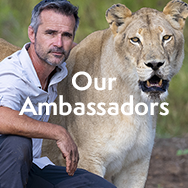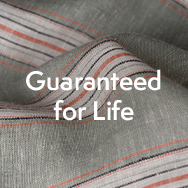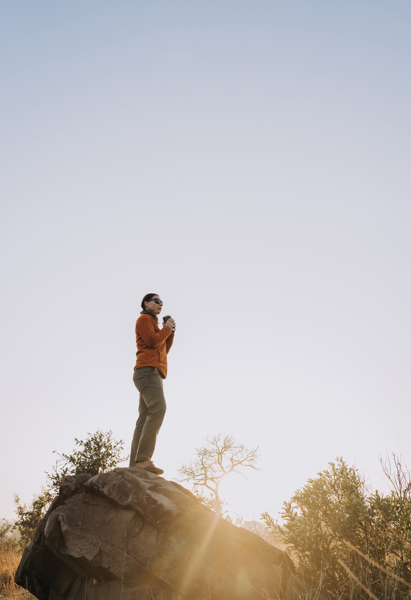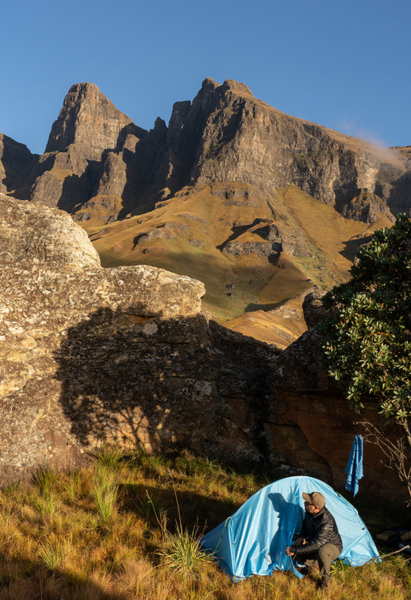fathom but it’s the single recommendation every dermatologist the world over would endorse. And that’s especially true for somebody like you who spends so much time outside.
Visible damage of course is sun burn or redness. Sadly, a sun tan is also a sign of damage as your body fights to protect itself from overexposure to UV. Five burns in your lifetime doubles your risk of skin cancer. How many times have you come home red-faced and blamed it on the wind or cold? That’s sun burn caused by UV and it’s skin damage.
What can you do to prevent UV damage?
Given UV is ever present, the temperature outside or time of year doesn’t matter. So, for any outdoor walks or climbs – any time of year – use a good sunscreen on all exposed skin before heading outside. For active individuals, we recommend choosing an SPF 50+ product with the European ‘UVA’ kite mark (or UVA 4-5*) on the pack. The higher SPF means you’re protected for longer. Reapply every two hours and don’t forget your nose, back of the neck and ears – commonly missed spots where people can often burn.
Another factor specific to what you do is altitude. The higher you go, the closer you are to the sun which sounds obvious because it is. But also the air is thinner and cleaner at altitude so less UV is filtered out. The cumulative effect of this means UV levels increase by 10% for every 1,000m you travel above sea level, according to the World Health Organisation. If there’s snow around, light reflection plays a major role in increasing your UV exposure. UV hits you twice: once from the sun and again, as it bounces off snow and back onto you, almost doubling your exposure. For these reasons, a mountain can be one of the harshest UV environments you can find yourself in.
If you care about your health, sunscreen is a vital piece of gear for your pack.
C. IS YOUR KIT UPF?
Another way to protect the skin is by wearing a physical barrier that blocks attack i.e. clothing. But beware – not all fabrics are created equal. For example, a white cotton t-shirt is the equivalent of SPF 5 and you could feasibly experience invisible skin damage through it.
Ultraviolet Protection Factor (UPF) is to fabrics what SPF is to sunscreen. It’s a measure of how much UV protection the fabric provides. Denim is UPF 1,700 so it’s highly protective but I’m not sure we could persuade you to attack a summit, in the middle of summer, wearing your favourite 501s. Look out for UPF 50+ active and climbing wear. It’s a good option if you don’t like putting creams or cosmetic products on your skin.
You can learn more about our Solar Shield technology and browse our sun protection range HERE

